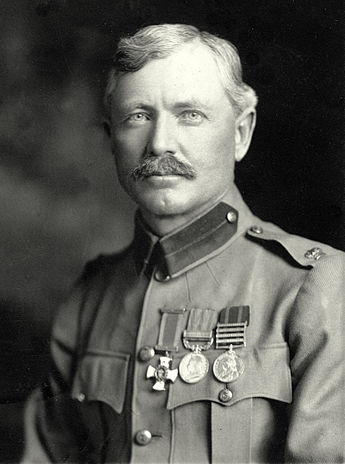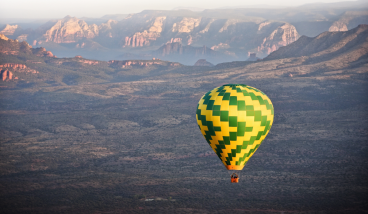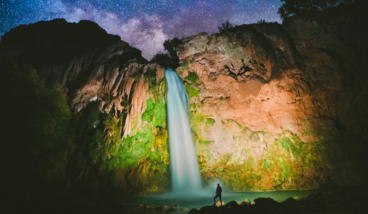Current Phoenix Weather:
{{current_weather.dt | momentjs( atts.date )}}
{{current_weather.temp | temp}} °{{units}}
{{day.dt | momentjs(atts.date)}}
{{day.temp | temp}} °{{day.temp_min | temp}} °{{units}}
{{current_weather.temp | temp}} °
Humidity: {{current_weather.humidity}}%
Clouds: {{current_weather.clouds}}%
Wind ({{current_weather.wind.deg}}): {{current_weather.wind.speed}}{{units_wind}}
Clouds: {{current_weather.clouds}}%
Wind ({{current_weather.wind.deg}}): {{current_weather.wind.speed}}{{units_wind}}
{{current_weather.desc}}
{{day.dt | momentjs(atts.date)}}
{{day.temp | temp}}°
{{day.temp_min | temp}} °


 In 1934, Founder of Scouting and noted frontiersman turned conservationist Major Frederick Russell Burnham became interested in the bighorn sheep that lived in the now protected lands. According to Burnham, fewer than 150 of these sheep lived in the Arizona mountains. So he called George F. Miller, then scout executive of the Boy Scout council headquartered in Phoenix, to save the sheep. According to Burnham:
In 1934, Founder of Scouting and noted frontiersman turned conservationist Major Frederick Russell Burnham became interested in the bighorn sheep that lived in the now protected lands. According to Burnham, fewer than 150 of these sheep lived in the Arizona mountains. So he called George F. Miller, then scout executive of the Boy Scout council headquartered in Phoenix, to save the sheep. According to Burnham:

